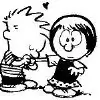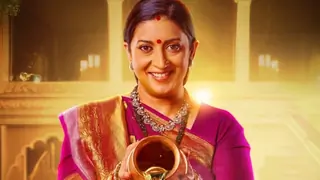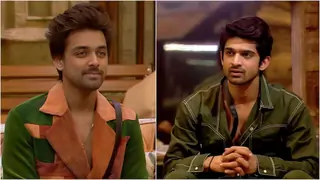- For the most part, dance groups consisted of either male or female, but not both. There is actually no known depictions of pair-dancing between a male and female.
- Within the performance, dancers could execute particular movements solo or in unison with one or more other dancers. However, all dancers were part of the same choreography even though they might execute different movements at the same time, just as in modern dance.
- There appears to have been no clear borderline between dancing and acrobatics or gymnastic performances.
Focussing on tomb scenes and ritual dances ( as that is what Salman-DD performance was on)..
- There are two primary types of funeral dances: Acacia and Mww
- Acacia:
- Performed by ladies
- Their function seems to have been the appeasement of the dangerous lion goddess and the rejuvenation of the dead. They were responsible for mourning the dead, but also celebrating the regeneration of the body.
- The dancers performed what is termed the "offering table" dance, which lured the dead, born to a new life, to his first meal.
- However, there were variations of this dance that did not always include the ladies of "the acacia house".
- There are scenes depicting other groups of women and even men, associated with the funerary procession. On the way to the tomb, those carrying funeral equipment and the statues of the dead were followed by dancers.
- At Beni Hasan, Middle Kingdom tomb scenes depict groups of dancers performing acrobats, looking more like circus performers than dancers. The images at Beni Hasan are particularly striking, though less vivid scenes also occur during the new kingdom.
- Another form of Acacia:
- characterized by leaping or skipping and was meant to celebrate the coming of the lion goddess who met the dead at the entrance of the underworld. She was responsible for helping the deceased enter the underworld and was the main agent of their rebirth, so an appeal to her was recited or sung, accompanied by the clapping of hands and sticks and the use of other percussion instruments.
- Mww
- In the less detailed tomb scenes, they danced once the funeral procession reached the tomb. They are distinguished by their special headdress, consisting of woven papyrus stalks. These identified them as marsh dwellers and, more precisely, as ferrymen. Their role was to symbolically ferry the dead across the waters leading to the netherworld, a route that lead from Memphis to Sais, then to Buto and back. In more sophisticated scenes, the dancers are depicted in a more complex setting that includes lightly built chapels, pools surrounded by trees and religious symbols. Such scenes appear to recreate on a small scale and near the tomb, the sacred precincts of this journey.






























